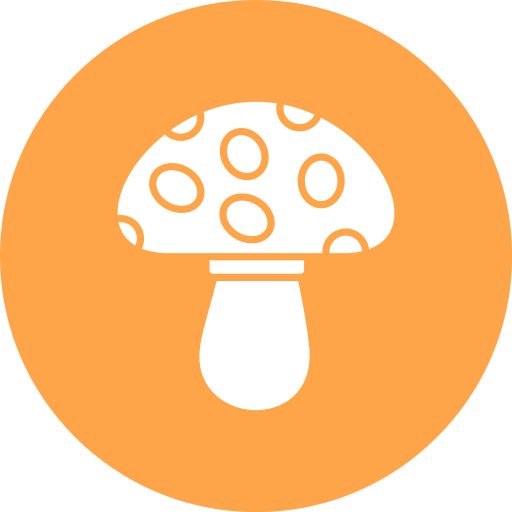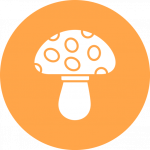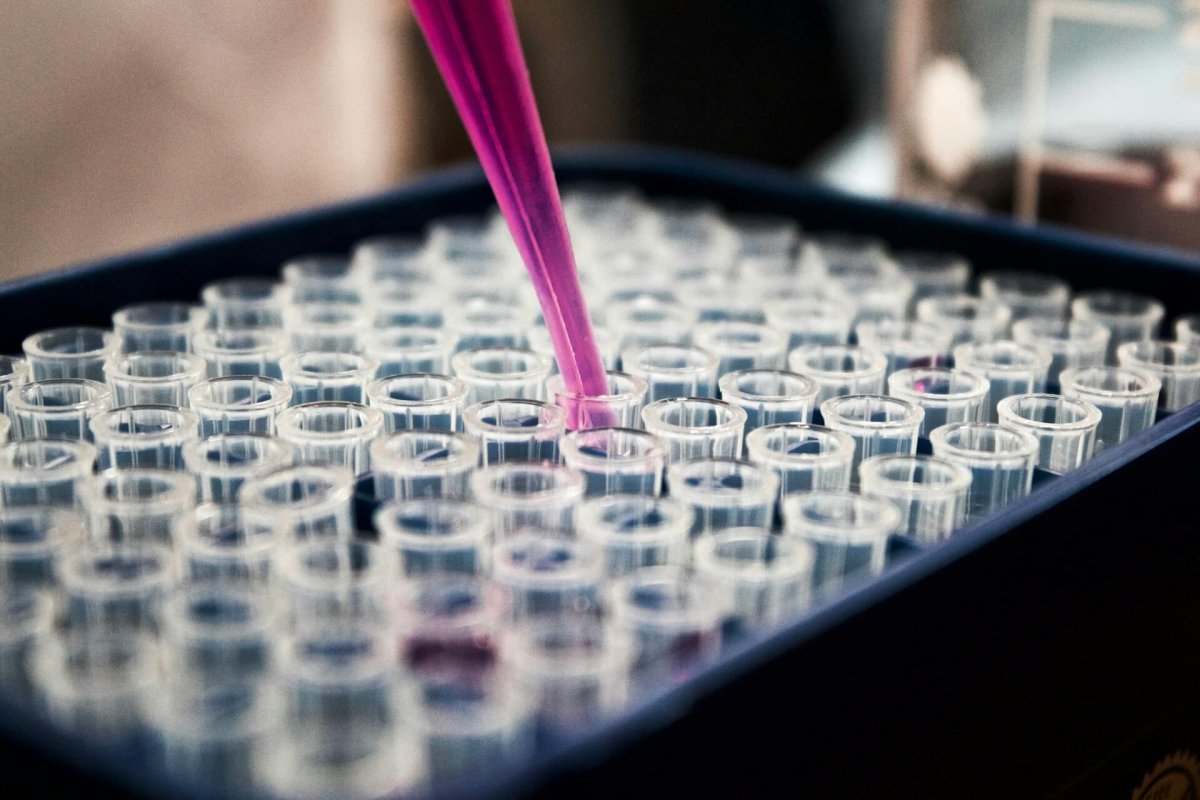In this article
Exploring the Unique Composition
Mechanisms of Action in the Body
In the world of wellness, a new hero has emerged from the shadows of the forest floor—functional mushrooms.
Beyond their culinary delights, these extraordinary fungi hold a wealth of therapeutic potential, backed by centuries of traditional use and modern scientific research.
But what sets functional mushrooms apart from their culinary counterparts, and how do they work their magic within the human body?
Exploring the Unique Composition
Functional mushrooms owe their therapeutic properties to a rich array of bioactive compounds that set them apart from ordinary fungi.
Among these compounds, beta-glucans reign supreme, serving as potent immune modulators that bolster the body's natural defense mechanisms [1].
These complex polysaccharides, found abundantly in mushrooms like Reishi (Ganoderma lucidum) and Shiitake (Lentinula edodes), stimulate immune cells such as macrophages and natural killer cells, enhancing their ability to combat pathogens and fight off infections [2].
In addition to beta-glucans, functional mushrooms contain a wealth of other bioactive compounds that contribute to their health-promoting effects.
Triterpenes, for example, exhibit antioxidant, anti-inflammatory, and anticancer properties, making them valuable allies in the quest for optimal health [3].
Compounds like ergothioneine and hericenones found in Lion's Mane (Hericium erinaceus) have been shown to support brain health and cognitive function, offering potential benefits for memory, focus, and mood [4].
Mechanisms of Action in the Body
The therapeutic effects of functional mushrooms are mediated by a complex interplay of molecular mechanisms within the human body.
At the forefront of these mechanisms is immune modulation, whereby bioactive compounds in mushrooms stimulate the production of cytokines and enhance the activity of immune cells [5].
By priming the immune system for action, functional mushrooms help defend against pathogens, reduce inflammation, and promote overall health and well-being.
Furthermore, functional mushrooms exert profound effects on cellular processes involved in oxidative stress, inflammation, and aging.
Compounds like polysaccharides and triterpenes scavenge free radicals, inhibit inflammatory pathways, and regulate gene expression, thereby protecting cells from damage and promoting longevity [6].
These multifaceted effects contribute to the wide-ranging therapeutic benefits of functional mushrooms, from immune support to cognitive enhancement and beyond.
Evidence from Scientific Studies
The therapeutic potential of functional mushrooms is supported by a growing body of scientific research, spanning laboratory studies, animal models, and human clinical trials.
In vitro studies have demonstrated the immune-modulating effects of mushroom polysaccharides, showing their ability to enhance the activity of immune cells and promote the production of cytokines [7].
Animal studies have provided further insights into the mechanisms underlying the health benefits of functional mushrooms, revealing their ability to improve immune function, reduce inflammation, and protect against oxidative stress [8].
Moreover, human clinical trials have validated the efficacy of functional mushrooms in promoting health and well-being.
Studies have shown that supplementation with mushroom extracts can enhance immune function, reduce the risk of infections, and improve quality of life in individuals with compromised immune systems [9].
Additionally, research has highlighted the cognitive-enhancing effects of mushrooms like Lion's Mane, with clinical trials demonstrating improvements in memory, focus, and cognitive function [10].
Conclusion
As we conclude our exploration into the scientific marvels of functional mushrooms, we are left in awe of the myriad wonders these extraordinary fungi hold.
From immune modulation to cognitive enhancement and beyond, functional mushrooms offer a treasure trove of health benefits waiting to be unlocked.
As research continues to unravel the mysteries of these remarkable organisms, the potential for harnessing their healing powers remains limitless.
Wasser SP. (2011). Current findings, future trends, and unsolved problems in studies of medicinal mushrooms. Applied Microbiology and Biotechnology, 89(5), 1323-1332.
Lindequist U, et al. (2005). Polysaccharides in fungi: potential pharmaceutical applications. Planta Medica, 71(06), 1-10.
Wang SY, et al. (2002). Antioxidant activity in fruits and leaves of blackberry, raspberry, and strawberry varies with cultivar and developmental stage. Journal of Agricultural and Food Chemistry, 50(5), 1011-1016.
Mori K, et al. (2009). Improving effects of the mushroom Yamabushitake (Hericium erinaceus) on mild cognitive impairment: a double-blind placebo-controlled clinical trial. Phytotherapy Research, 23(3), 367-372.
Lin ZB. (2005). Cellular and molecular mechanisms of immuno-modulation by Ganoderma lucidum. Journal of Pharmacological Sciences, 99(2), 144-153.
Jayachandran M, Xiao J. (2017). Nobiletin with high antioxidant capacity exhibits anti-inflammatory effects in primary human monocytes. Inflammation, 40(1), 1-10.
Han SB, et al. (2005). The inhibitory effect of polysaccharides isolated from Phellinus linteus on tumor growth and metastasis. Immunopharmacology and Immunotoxicology, 27(3), 335-347.
Hetland G, et al. (2008). Effects of the medicinal mushroom Agaricus blazei Murill on immunity, infection, and cancer. Scandinavian Journal of Immunology, 68(4), 363-370.
Kidd PM. (2000). The use of mushroom glucans and proteoglycans in cancer treatment. Alternative Medicine Review, 5(1), 4-27.
Lindequist U, et al. (2005). Polysaccharides in fungi: potential pharmaceutical applications. Planta Medica, 71(06), 1-10.



